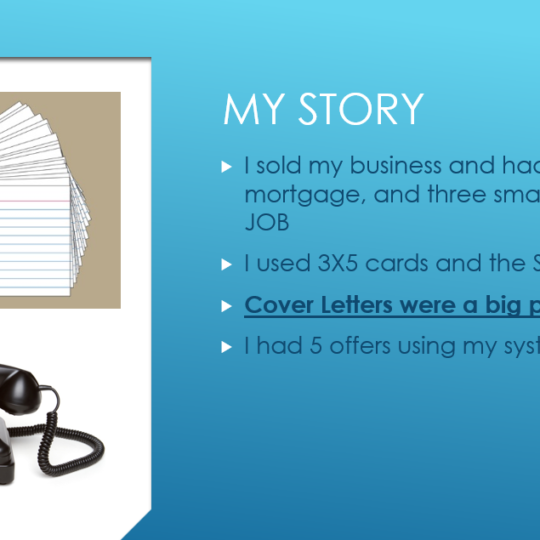
I am not circling the drain and the abyss is not on my radar.
My daily routine is not a struggle. As I go through my day, I am aware of the most unhelpful thinking that I come up with. In fact, many of the ten unhelpful thinking styles that I learned about, I have not used for months. This includes all-or-nothing thinking.
This has been my go-to attitude when things felt out of control.
Making the situation larger than life, I can justify my feelings by saying that “they always do this to me,” or “I never get to have that.” This gets me off the hook. I am no longer responsible, because “they” caused it. This allows me to feel sorry for myself because they have done this to me.
It is easy to never name who they are.
Being more aware of what depression is capable of, I see things I had missed in the past. This includes how depression lurks around the edges of my life, even when things are going well. Only when it has me firmly in its grip will it show itself in substantial ways.
These are the times when I am circling the drain and seeing nothing but a brick wall ahead. My worst times are easy to identify as depression. However, most of my depression activities that involve me are much more subtle.
Depression loves to use unhelpful thinking to get me to play along.
It’s a game depression can play with me. In the past, I often haven’t recognized that we are playing a game. I would buy into one of the unhelpful thinking styles, believing it was the truth. And I would use the results to justify whatever outlandish idea depression had given me.
Blindly, I would find myself supporting a plan that I hadn’t dreamed up and would never have supported without depression’s influence.
This is one of the things that really gets me about depression. It is invasive without always sharing its intentions. Clearly, I have done things that would be considered foolish or even reckless. But under the guise of depression, it all seems logical. Whatever plan it is, I can easily justify it based on one of the 10 unhelpful thinking styles.
As a refresher, the 10 unhealthy thinking styles are:
All or Nothing Thinking – Sometimes called “black and white thinking.”
Mental Filter – Only paying attention to certain types of evidence.
Jumping to Conclusions – There are two types; Mind-Reading (imagining we know what others are thinking) and Fortune-Telling (predicting the future).
Emotional Reasoning – Assuming that because we feel a certain way, what we think must be true.
Labeling – Assigning labels to ourselves or other people.
Over-generalizing – Seeing a pattern based upon a single event or being overly broad in the conclusions we draw.
Disqualifying the Positive – Discounting the good things that have happened or that you have done for some reason or another.
Magnification (catastrophizing) & Minimizing – Blowing things out of proportion.
Critical Words (should and must) – Using critical words like “should,” “must,” or “ought” can make us feel guilty or like we have already failed.
Personalization – Blaming yourself or taking responsibility for something that wasn’t completely your fault. Conversely, blaming other people for something that was your fault.
For me, mind-reading, or time-traveling was one of my go-to strategies.
And I still find myself in the past or the future at times. Knowing the 10 unhelpful thinking styles and being able to avoid them are two different things. But for me, the first step was to know that they existed. From there, I have learned about how and why I use these.
And now, I am learning how depression uses them to achieve its goals through me.
Now that may not be a very scientific way to look at depression, but I know depression on a first-name basis. I have been up and down with it. The ideas and plans it suggests becoming my plans and ideas. I have carried out many of my depression strategies.
I am still paying for the consequences of some of these plans.
So, I am going back and studying many of the original tools I was introduced to. Since being in the hospital 27 months ago, I have learned many strategies to help me keep depression from taking over. Building on each day’s success, I am doing a very good job of leading a balanced life with depression.
But I must always be mindful of depression’s existence in my life.
Remember, every single day I must push that rock up the hill. And for months, it has been a pebble and the hill has been a very mild slope. But I clearly remember when the rock was a huge boulder, and the hill was a 1,000-foot vertical ice wall. On those days, all I could hope to do was keep the boulder from crushing me.
Despite depression’s best efforts, I am still alive.
These days, I wake up thinking, “I love getting up in the morning because I learn something new every day.” That’s a healthy thinking style!







Leave a Reply